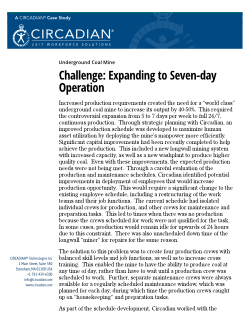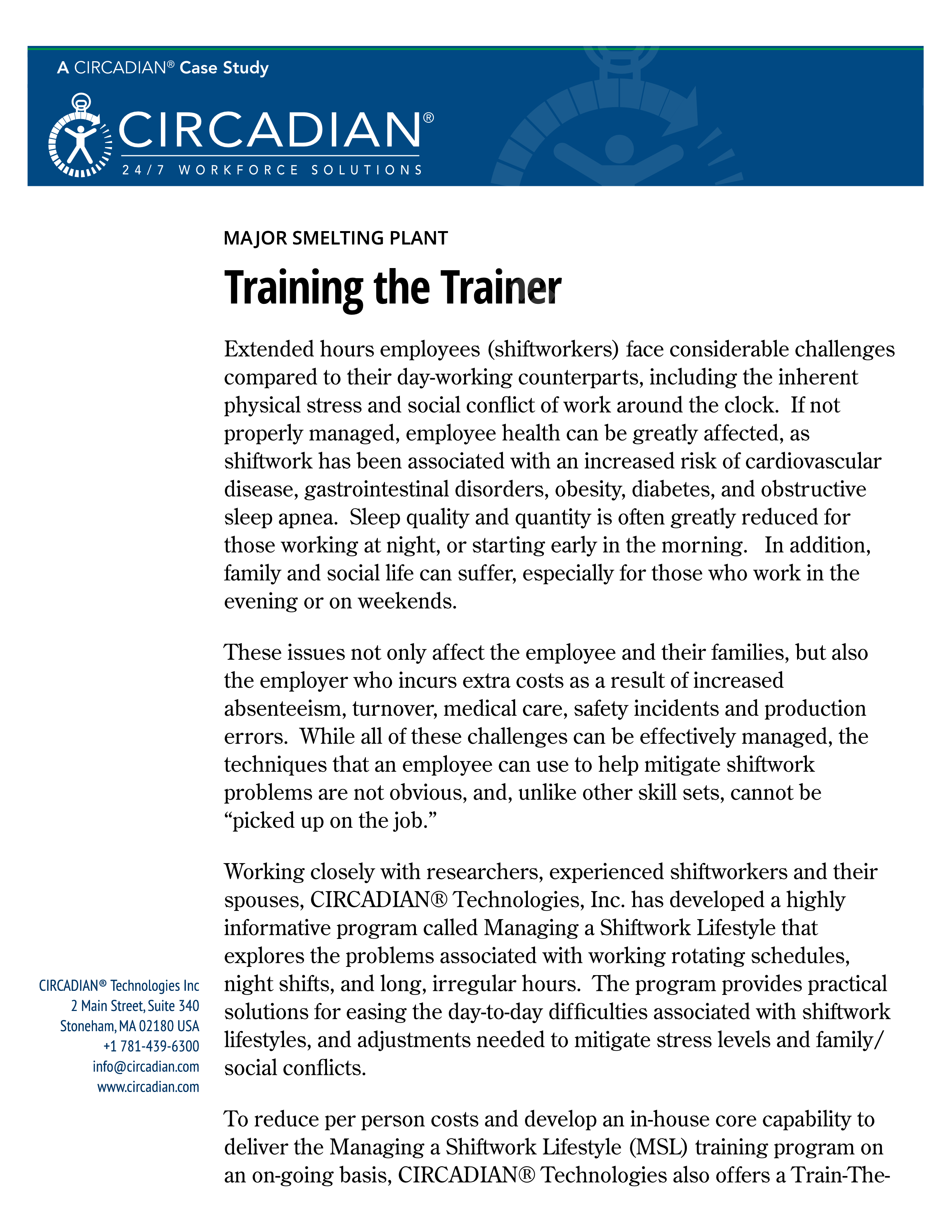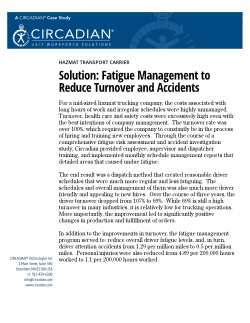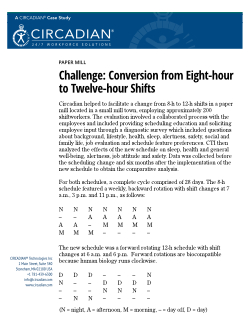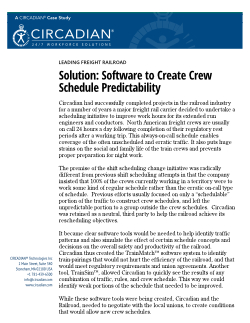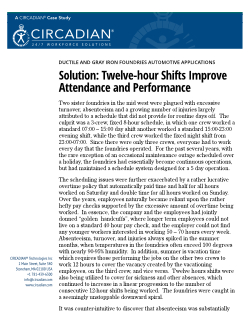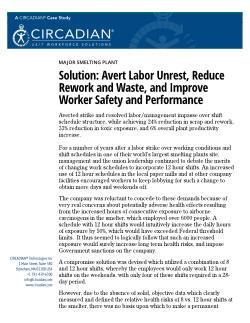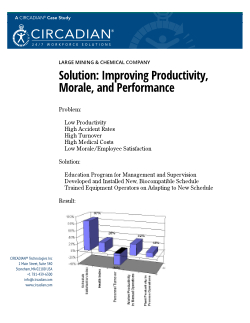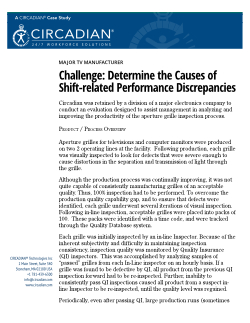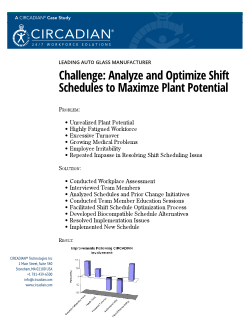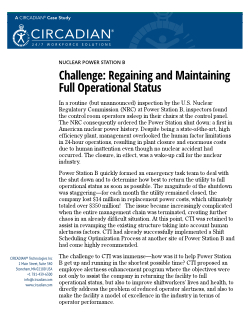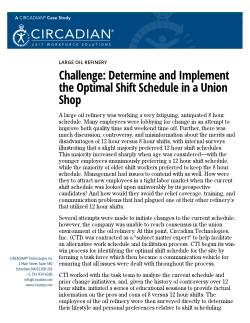Developing a comprehensive corporate shiftwork strategy is essential to properly supporting and improving a company’s shiftworking operation, particularly in multi-plant organizations. Because human biology is not designed to sustain optimal levels of alertness across the 24-hour day, even under the best of circumstances where there is adequate mental and physical stimulation in the form of work tasks and social interaction, and in 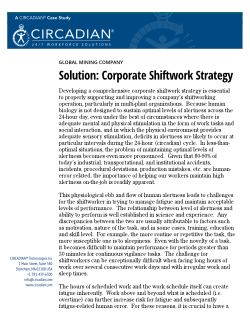 which the physical environment provides adequate sensory stimulation, deficits in alertness are likely to occur at particular intervals during the 24-hour (circadian) cycle. In less-than-optimal situations, the problem of maintaining optimal levels of alertness becomes even more pronounced. Given that 80-90% of today’s industrial, transportational, and institutional accidents, incidents, procedural deviations, production mistakes, etc. are human-error related, the importance of helping our workers maintain high alertness on-the-job is readily apparent.
which the physical environment provides adequate sensory stimulation, deficits in alertness are likely to occur at particular intervals during the 24-hour (circadian) cycle. In less-than-optimal situations, the problem of maintaining optimal levels of alertness becomes even more pronounced. Given that 80-90% of today’s industrial, transportational, and institutional accidents, incidents, procedural deviations, production mistakes, etc. are human-error related, the importance of helping our workers maintain high alertness on-the-job is readily apparent.
This physiological ebb and flow of human alertness leads to challenges for the shiftworker in trying to manage fatigue and maintain acceptable levels of performance. The relationship between level of alertness and ability to perform is well established in science and experience. Any discrepancies between the two are usually attributable to factors such as motivation, nature of the task, and in some cases, training, education and skill level. For example, the more routine or repetitive the task, the more susceptible one is to sleepiness. Even with the novelty of a task, it becomes difficult to maintain performance for periods greater than 30 minutes for continuous vigilance tasks. The challenge for shiftworkers can be exceptionally difficult when facing long hours of work over several consecutive work days and with irregular work and sleep times.
The hours of scheduled work and the work schedule itself can create fatigue inherently. Work above and beyond what is scheduled (i.e. overtime) can further increase risk for fatigue and subsequently fatigue-related human error. For these reasons, it is crucial to have a scientific and field tested approach to managing fatigue through a comprehensive set of policies, practices, and procedures with regard to shiftwork and extended hours operations…along with a toolbox of proven interventions to resolve issues as they arise.
At a global mining company, CIRCADIAN® assisted corporate managers in developing a set of company guidelines and policies on how to most efficiently manage their shiftwork operations. These policies covered topics ranging from length of shifts, break structures, maximum consecutive days worked, and pay benchmarks. Because each site will have unique issues and challenges, the policies and procedures were designed to provide the background and scientific basis for implementing them in widely different operations. The end result was a corporate structure that was not prescriptive, but rather available to support the specific needs of the individual mine sites around the globe.






